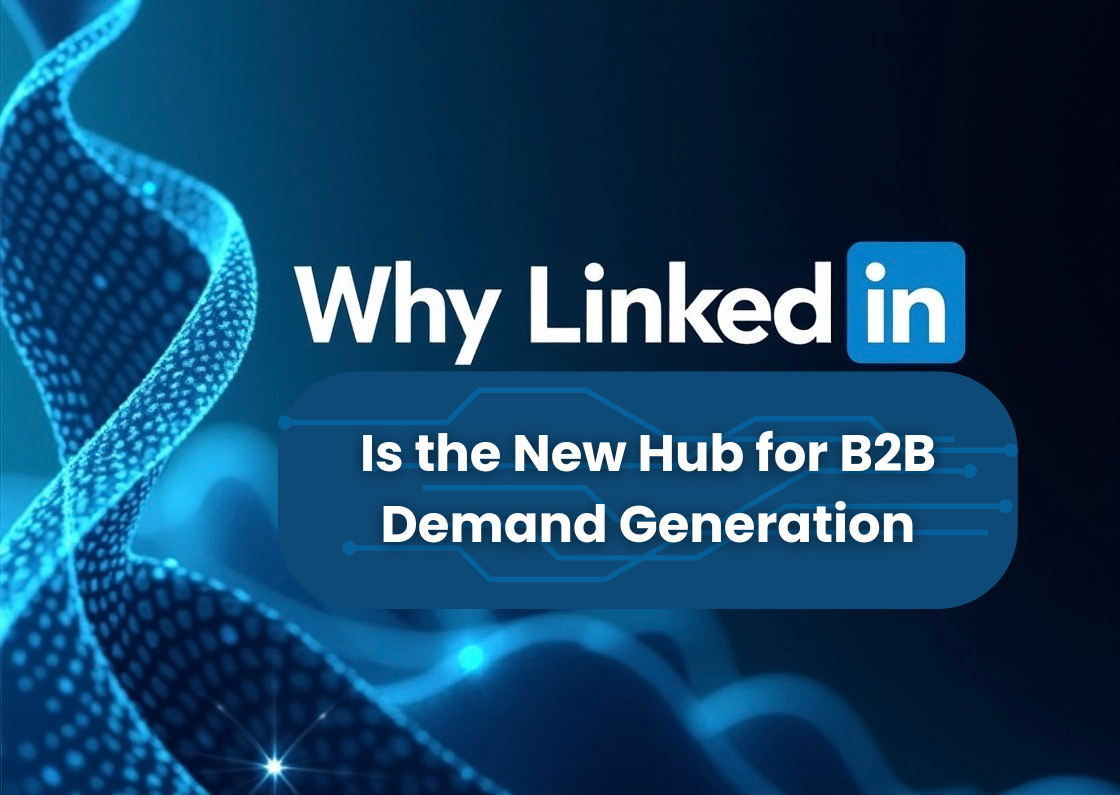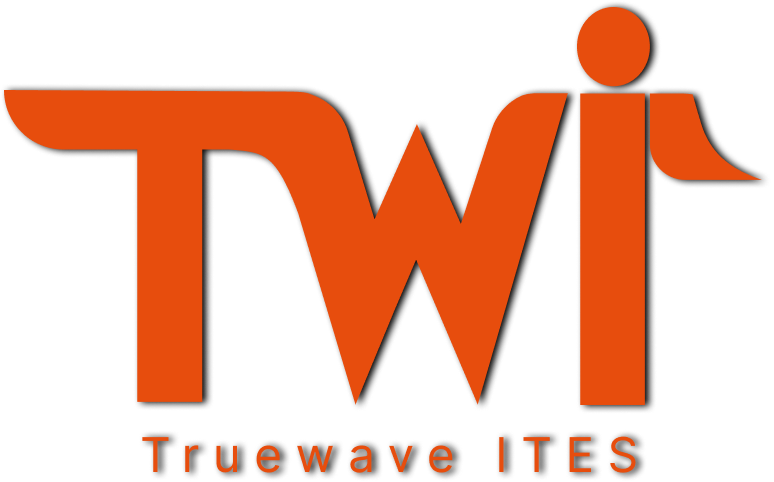
LinkedIn Is the New Hub for B2B Demand Generation—and How to Stand Out
LinkedIn is no longer just a digital resume. For B2B marketing directors, it’s rapidly evolving into the top-performing channel for demand generation. With over 1 billion users and a robust suite of targeting tools, the platform offers a unique space to connect with decision-makers, showcase thought leadership, and drive qualified leads that’s how LinkedIn is New Hub for B2B Demand Generation.
But there’s a catch.
As more companies jump on the LinkedIn content bandwagon, the feed is becoming crowded—and that means your messages are at risk of getting lost. Thought leadership posts start to sound alike. Engagement dips. And the ROI on your content investments becomes harder to measure.
So, how do you rise above the noise?
This article breaks down Why LinkedIn is New Hub for B2B Demand Generation and offers strategic, actionable ways to ensure your brand stands out in an increasingly competitive environment. From content frameworks to engagement tactics, we’ll explore what actually works—and what to avoid—so your LinkedIn presence delivers real pipeline impact.
Why LinkedIn Is Dominating the B2B Demand Gen Landscape
The appeal of LinkedIn for B2B marketers lies in its alignment with how buying decisions are made today. The modern B2B buyer is skeptical, self-reliant, and values authentic insights over sales pitches.
Here’s why LinkedIn is becoming the preferred platform:
- Targeted Reach: LinkedIn’s ad platform allows marketers to reach specific industries, job titles, company sizes, and more. No other platform offers such granular professional targeting.
- Professional Mindset: Unlike other social platforms, users on LinkedIn are in a business mindset. They’re more open to consuming long-form content, joining professional discussions, and engaging with brands.
- Thought Leadership Ecosystem: LinkedIn rewards meaningful, high-quality content. From native articles to engaging carousels and video posts, there’s room for all formats that build authority.
These factors make it ideal for full-funnel B2B strategies—from awareness to consideration to conversion.
The Growing Challenge: Everyone’s Doing the Same Thing
With the rise in LinkedIn’s popularity for B2B demand generation, the feed is now saturated with:
- Generic “thought leadership” posts
- Sales-y self-promotion disguised as insights
- Recycled industry trends with little originality
The result? Content fatigue.
Buyers are scrolling past what used to work. Metrics like impressions may look healthy, but engagement and lead quality often decline. For B2B marketing directors, the challenge is twofold:
- Standing out among a sea of sameness.
- Driving measurable results while maintaining brand integrity.
So, what’s the solution?
How to Make Your LinkedIn Strategy Stand Out and Convert
1. Shift From Broad Content to Niche Positioning
Don’t aim to speak to everyone. Instead, become a go-to resource for a specific audience or challenge within your market.
Practical Tips:
- Identify 1-2 “pillar problems” your ideal buyer cares about most.
- Develop a content series (e.g., weekly posts or videos) around solving that problem.
- Use niche hashtags and tag relevant influencers to increase visibility.
Example: If you’re targeting mid-sized SaaS companies struggling with churn, focus your content on retention strategies, not just general SaaS growth tips.
2. Prioritize Depth Over Virality
It’s tempting to chase likes, but surface-level posts won’t generate demand. Deep, educational content fosters trust and drives action.
Ways to Add Depth:
- Share frameworks, models, or behind-the-scenes insights from your team.
- Break down case studies or client results with context (without turning it into a sales pitch).
- Turn long-form posts into multi-slide carousels for better engagement.
Pro Tip: Use the “Problem → Insight → Takeaway” structure in posts to ensure every piece delivers value.
3. Leverage Employee Advocacy for Authentic Reach
Your company page isn’t enough. People trust people more than brands.
Encourage your subject matter experts, sales team, and leadership to share thought leadership content from their own profiles. These posts often outperform branded content in both reach and engagement.
What Works:
- Training employees to write engaging LinkedIn posts.
- Creating a shared content calendar with customizable post templates.
- Celebrating internal milestones or learnings publicly.
4. Use LinkedIn’s Native Tools to Your Advantage
Don’t just post. Engage with the full suite of tools LinkedIn offers:
- Newsletters: Build an audience with recurring, value-rich insights.
- Events + Live: Host webinars or live Q&As natively to tap into LinkedIn’s distribution power.
- Polls: Spark interaction while gaining real-time audience feedback.
These tools also signal to the algorithm that your profile is active and valuable—boosting visibility.
5. Measure What Matters: Demand, Not Just Vanity Metrics
Likes and comments are great—but what matters is pipeline impact.
To connect your LinkedIn efforts to demand generation goals:
- Use UTM parameters to track post-driven traffic and conversions.
- Monitor account engagement with tools like LinkedIn Sales Navigator or 6sense.
- Align LinkedIn KPIs with your broader ABM or inbound campaigns.
Key Metrics to Watch:
- % of target accounts engaging
- Conversion rates from post click-throughs
- Comments or DMs from qualified prospects
Final Thoughts: Competing on LinkedIn Means Earning Attention, Not Buying It
LinkedIn is undoubtedly the new hub for B2B demand generation—but it’s also becoming more competitive by the day. Simply showing up isn’t enough.
To succeed, B2B marketing directors must craft differentiated content, empower their internal advocates, and use data to fine-tune their efforts. The brands winning on LinkedIn today are the ones delivering real value—consistently, authentically, and with a strategy tailored to their audience.
Looking to sharpen your LinkedIn demand gen strategy? Explore proven frameworks and insights in our content library to stay ahead of the curve.


